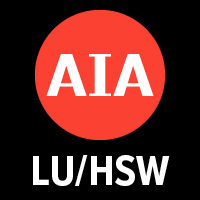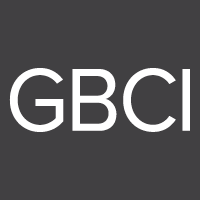Back
Greenbuild San Francisco
Case Studies
Beyond Sustainability: how Sendero Verde serves as an model for an affordable, resilient, Passive House “community of opportunity” in Harlem
(J09) Beyond Sustainability: How Sendero Verde Serves as an Model for an Affordable, Resilient, Passive House “community of Opportunity” in Harlem
Thursday, November 3, 2022
4:00 PM – 5:00 PM
Location: Room 212
Earn 1 Credit(s)
This is an intermediate level course, focused on professionals who already know the basics of Passive House design. We’ve all seen the statistics showing the extent to which buildings contribute to global greenhouse gas emissions. For this reason, architects, clients, engineers, and governments are increasingly focused on employing sustainable design strategies to reduce net energy use of building. However, the last few years have made it clear that “sustainable design” must go beyond simply addressing energy efficiency. Communities around the country are suffering from a series of overlapping crises; from a lack of affordable housing and disproportionate access to essential services, to a historic global pandemic and unhealthy interior environments. Even the way sustainable design strategies address the climate crisis has changed. After two years of historic, extreme weather events the urgency of minimizing building energy use has been matched by an urgency to maximize a building’s resiliency. The Passive House design standard is a well-known strategy for reducing a building’s operational energy use, but the benefits extend beyond emissions-reduction. In this course, we will explore how Sendero Verde, a 100% affordable housing project in East Harlem, used Passive House as a tool for creating healthy comfortable interior environments, increasing resiliency, AND reducing operational energy use thereby increasing affordability. We will see how the benefits of Passive House extend beyond the boundaries of the certified residential program and into the non-certified community facilities which are critical partners in creating a “Community of Opportunity” where residents are not just provided a place to live, but access to extensive community programming to support education, recreation, wellness, expression, and community resiliency.
Learning Objectives:
- Learn how the Passive House design standard was applied to Sendero Verde. Discover how the benefits of PH design extended beyond the PH certification boundary to the non-certified community spaces.
- Learn the benefits of Passive House design on occupant health and comfort through compartmentalization, improved indoor air quality and thermal comfort, filtration and ventilation with energy recovery, and improved acoustics.
- Learn how Passive House, alongside other design decisions, improved the resiliency at Sendero Verde with regards to passive survivability, air quality control, mitigating heat island effect, and long-term affordability
- Discover how the PH standard can prepare project teams for stringent codes/laws being adopted around the country, with insight into the innovation solutions that can be applied to all projects.

Louis Koehl, AIA, CPHD
Director of Sustainable Design
Handel Architects


